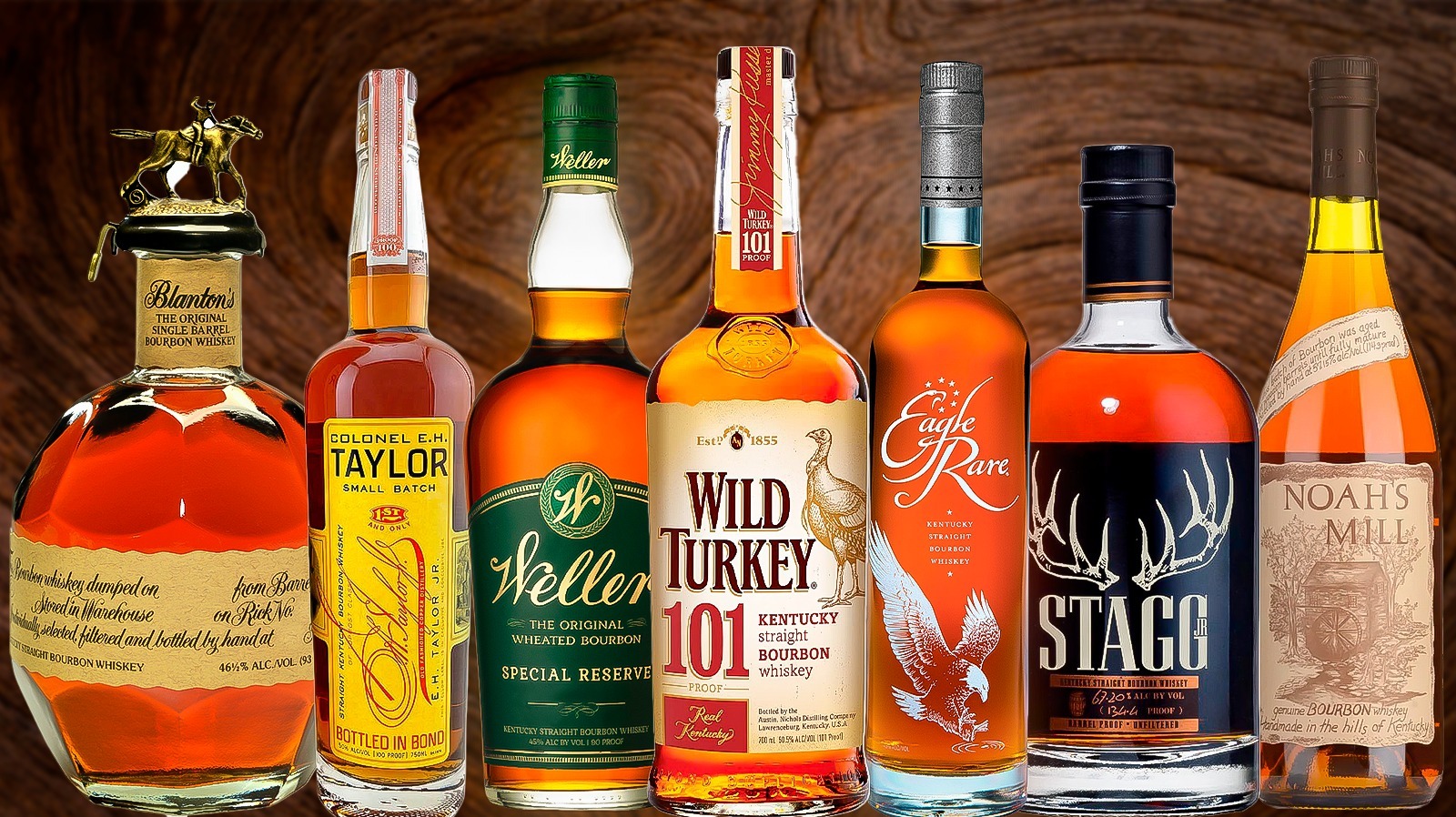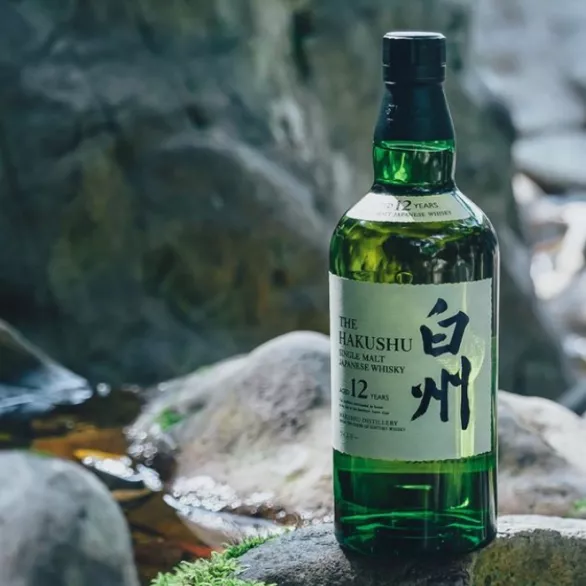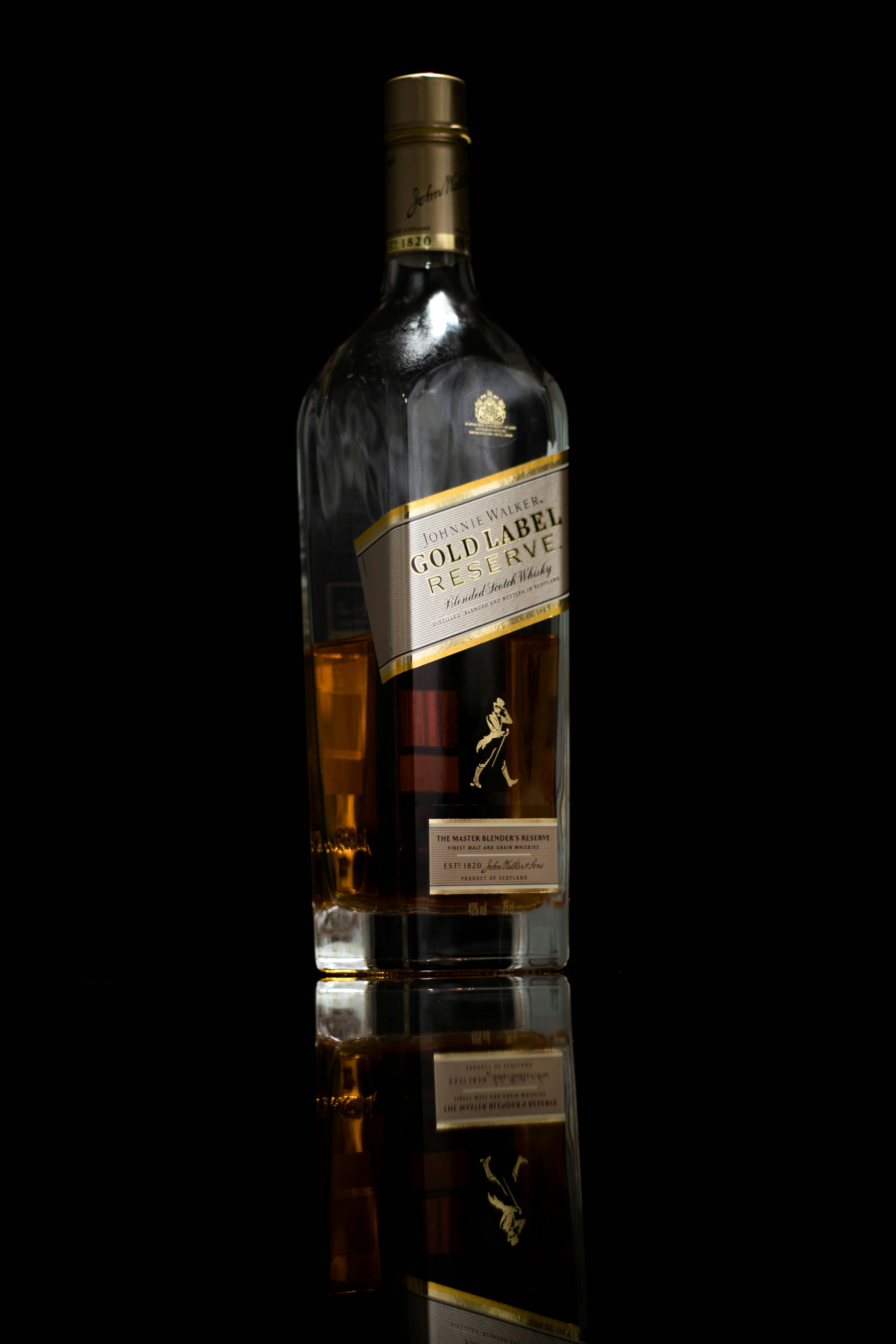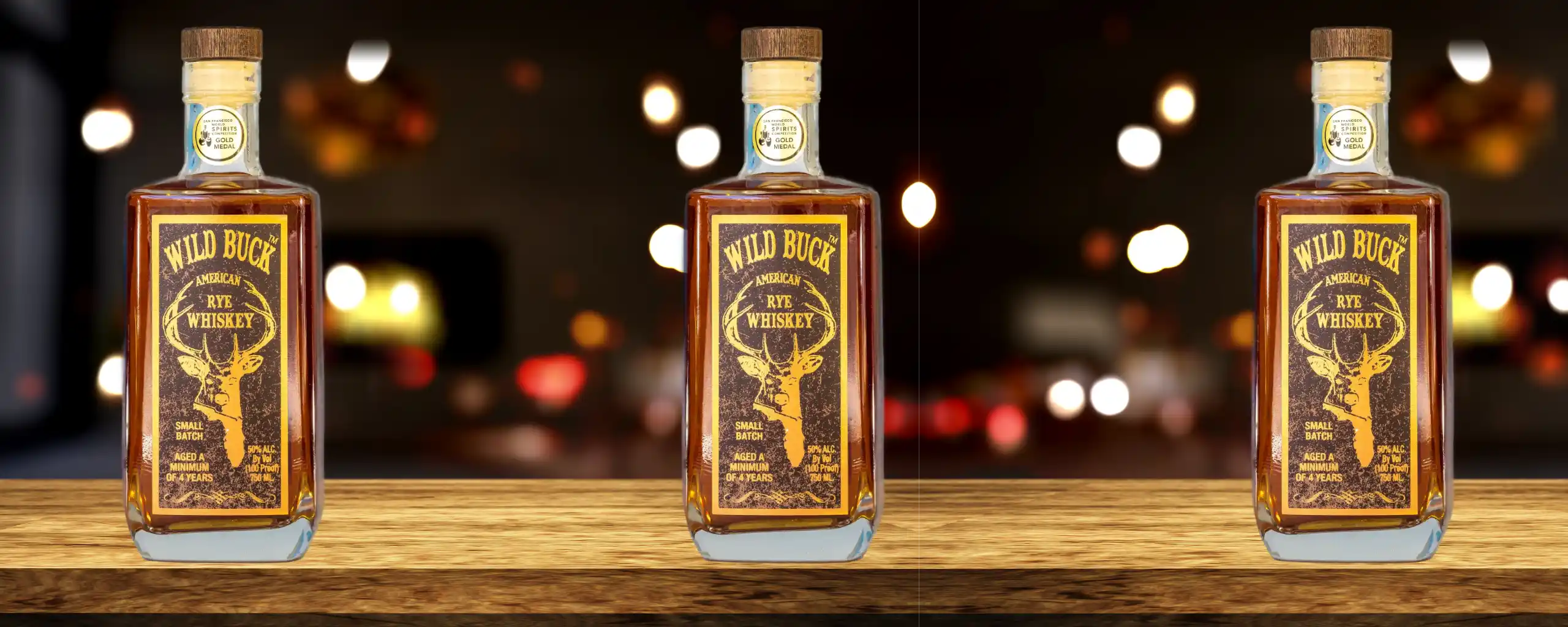The Complete Whiskey Guide
From grain to glass, explore every facet of whiskey with WhiskeyMan's comprehensive guide. Master the art of appreciation, understand production methods, and discover your perfect dram.




Major Whiskey Types
Each whiskey type carries the soul of its homeland, shaped by tradition, terroir, and the passionate craft of its makers.

Bourbon
America's signature spirit with at least 51% corn mash and aged in new charred oak barrels.

Scotch Whisky
Malted barley spirit with distinct regional characteristics, from Highland honey to Islay peat.

Irish Whiskey
Triple-distilled smoothness with a gentle, approachable character and subtle complexity.

Japanese Whisky
Precision-crafted harmony blending Scottish traditions with Japanese attention to detail.

Rye Whiskey
Spicy character from at least 51% rye grain, offering bold flavors and warming finish.

Canadian Whisky
Smooth and approachable blend with light character, perfect for mixing or sipping.
WhiskeyMan's Production Principle
"Understanding whiskey types is like learning musical scales - each has its own rhythm, harmony, and emotional resonance. Master the fundamentals, and you'll appreciate the infinite variations that make each bottle a unique expression of its maker's art."
The WhiskeyMan Tasting Method
Master the art of whiskey appreciation with this systematic approach that engages all your senses and builds your tasting vocabulary.
Look
Examine the color and clarity to understand aging and cask influence
- Color intensity indicates age
- Clarity suggests filtration
- Legs reveal alcohol content
Smell
Nose the whiskey to identify primary and secondary aromas
- First impression aromas
- Let it breathe 30 seconds
- Add a drop of water if needed
Taste
Small sip across the palate to identify flavor compounds
- Let it coat your palate
- Breathe gently through nose
- Notice flavor evolution
Finish
Evaluate the lingering flavors and overall impression
- Length of finish
- Changing flavors
- Overall harmony
Reflect
Consider the complete experience and take notes
- Overall impression
- Favorite elements
- Comparison notes
WhiskeyMan's Pro Tips
Essential Equipment:
- • Glencairn or tulip-shaped glass
- • Room temperature environment
- • Clean palate (no strong flavors 30 min prior)
- • Tasting notebook for observations
Common Mistakes:
- • Taking too large a sip initially
- • Not allowing the whiskey to open up
- • Comparing unrelated expressions
- • Rushing through the process
Fascinating Whiskey Facts
Beyond the glass lies a world of surprising history, remarkable science, and extraordinary stories that make whiskey one of humanity's most intriguing spirits.
George Washington's Distillery
America's first president operated one of the largest whiskey distilleries in the nation, producing 11,000 gallons annually by 1799.
Most Expensive Whisky
The Macallan Fine and Rare Collection 1926 sold for $1.9 million at auction, making it the world's most expensive whisky bottle.
Angel's Share Mystery
Approximately 2% of whiskey evaporates from barrels annually during aging - enough to fill about 200,000 bottles per day globally.
Japanese Innovation
Japan's first whisky distillery was founded in 1923, and Japanese whisky is now among the world's most sought-after, with some bottles appreciating 5000% in value.
The Chemistry of Flavor
Whiskey contains over 200 flavor compounds, with vanillin from oak barrels being the most recognizable. The char level of barrels creates different chemical reactions.
Prohibition Paradox
During Prohibition, whiskey was legal for "medicinal purposes." Doctors wrote over 10 million prescriptions annually, and Walgreens grew from 20 to 525 stores.
WhiskeyMan's Final Word on Facts
"Every bottle of whiskey is a liquid history book, a chemistry experiment, and an art project all rolled into one. The more you learn about whiskey, the more you realize how much there is still to discover. That's the beauty of this noble spirit - it rewards both the casual sipper and the dedicated scholar."
